As your ecommerce business grows, challenges like high order volumes, global expansion, and complex operations become unavoidable. That’s when many brands decide to migrate to Shopify Plus, the enterprise-grade solution built for high-growth businesses.
With automation, multi-store management, B2B support, and custom checkout, Shopify Plus helps you scale smarter. This article shares critical knowledge to migrate smoothly and get the most from your upgrade.
What is Shopify Plus?
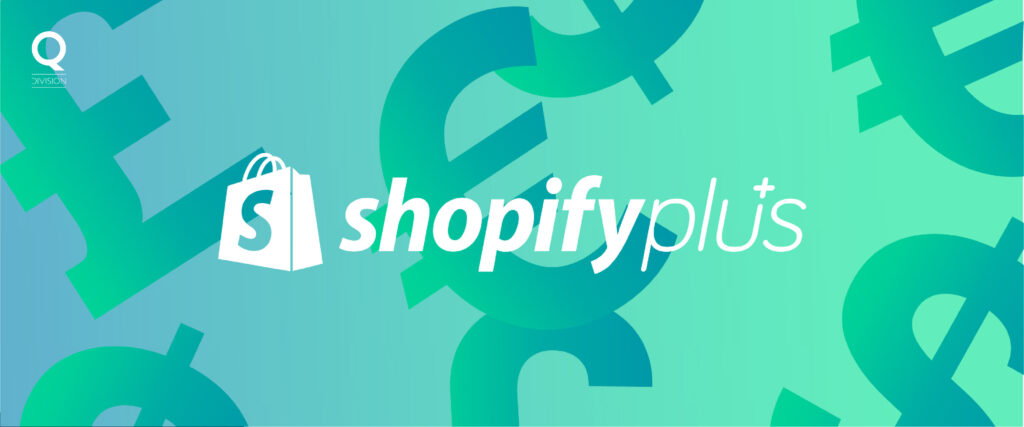
Shopify Plus is Shopify’s enterprise-level platform designed for brands that have outgrown the limitations of standard plans. It’s built for businesses handling a lot of traffic, high sales, and more complex operations.
According to Store Leads and DemandSage reports, the number of Shopify Plus stores has surpassed 50,000 worldwide in 2025, showing steady growth year over year. Shopify Plus gives you stronger tools to manage growth, offering more scalability, flexibility, and customization to keep your store running smoothly as your business expands.
Key features include:
- Unlimited staff accounts for large teams
- Customizable checkout to optimize conversions
- Automation tools powered by Shopify Flow
- Advanced multichannel selling across social and global platforms
How to migrate to Shopify Plus

To migrate to Shopify Plus is not only about moving data. It’s a strategic step that changes the way your ecommerce business is built and grows.
Step 1: Discovery and goal setting
Start by identifying what you aim to achieve with Shopify Plus. Goals may include expanding into international markets, implementing custom checkout flows, or integrating with enterprise software. Shopify’s team will help assess your business’s readiness, and if accepted, you’ll be paired with a Launch Engineer to support your journey.
Step 2: Audit current setup and pain points
Before any data is moved, assess your current Shopify store setup:
- List third-party apps, scripts, and custom code.
- Map out existing business workflows.
- Identify any inefficiencies, bottlenecks, or limits in the current environment.
This audit ensures you carry over only what’s needed and take advantage of what Plus offers.
Step 3: Build a staging store
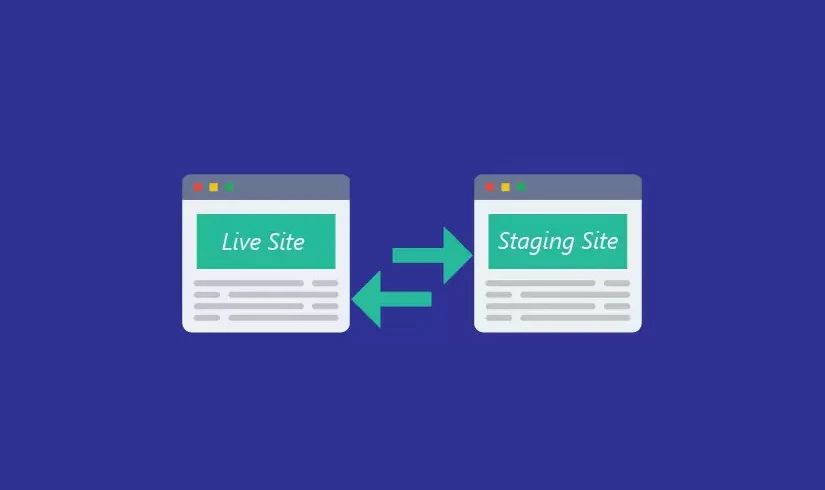
A staging environment helps you safely test before launching. During this phase:
- Duplicate your design or rebuild with a performance-optimized theme.
- Recreate essential settings such as shipping rules, tax logic, and third-party integrations.
- Set up Shopify Plus tools like Flow (for automation), Script Editor (for checkout customizations), and Launchpad (for scheduled promotions).
- Configure multi-store management if serving multiple countries.
Step 4: Data migration
Use robust tools to migrate:
- Customers, products, orders, and collections
- Blog content, media files, URL redirects, and reviews
Popular options include Matrixify or using the Shopify API for custom-built data migration. If you want to migrate to Shopify Plus from WooCommerce, or Salesforce Commerce Cloud, Shopify Experts can assist in handling unique schema formats and platform-specific complexities.
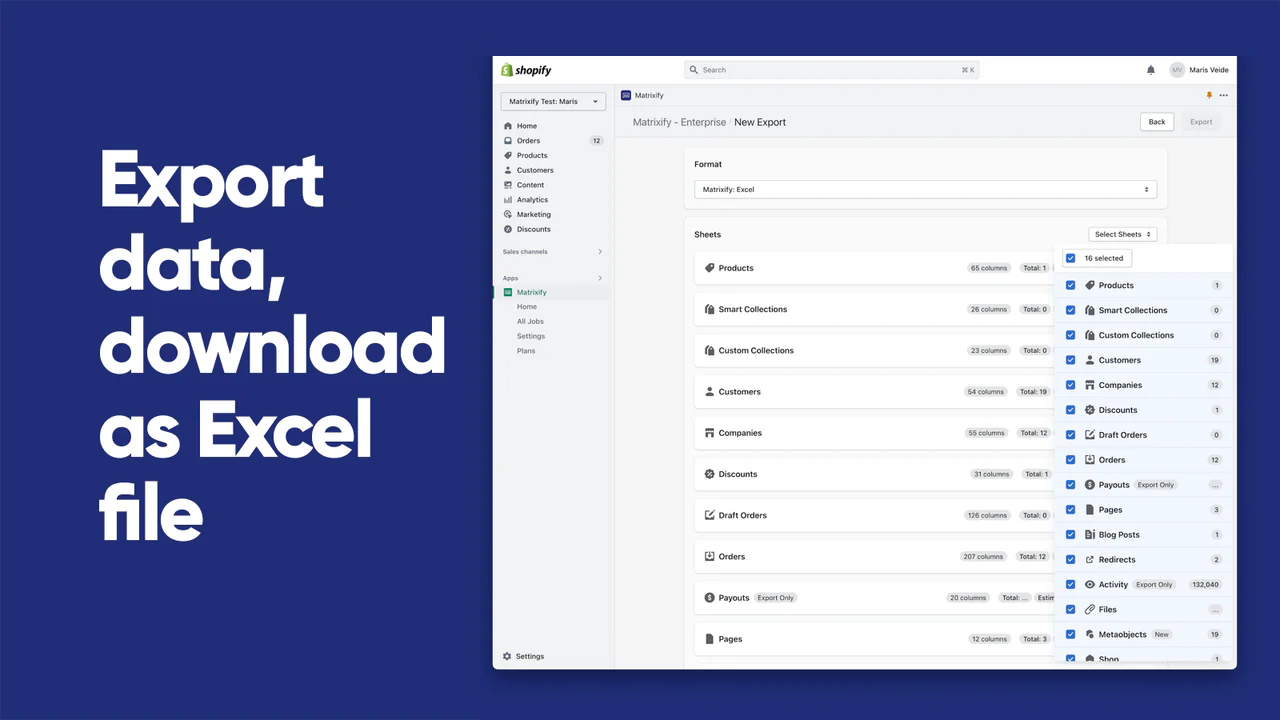
Brands that migrate from WooCommerce to Shopify Plus typically benefit from greater stability and support. And teams who migrate from Salesforce to Shopify Plus frequently highlight faster time-to-launch and easier backend management.
Step 5: Quality assurance (QA)
Before launch:
- Test all store functionality (search, filters, cart, checkout)
- Validate checkout logic, especially if using Shopify Scripts
- Confirm URL structures and SEO redirects
- Check integration points: ERP, CRM, and third-party tools
- Run load tests and mobile responsiveness checks
Step 6: Go-Live and monitor
Coordinate the go-live during off-peak hours. Inform customers of potential service interruptions in advance.
After launch:
- Monitor analytics (bounce rate, checkout drop-off, conversion rates)
- Track error logs and server performance
- Collect real-time user feedback to resolve post-launch issues
Important notes: Migrate to Shopify Plus
Choosing the right migration tools
Migration isn’t just a technical task, it’s a strategic move. Choosing the right tools and partners is crucial to ensuring a smooth transition, reducing operational risk, and making the most of Shopify Plus features.
Key factors to consider
- Experience with your current platform: Look for agencies or experts who have migrated businesses from Magento, WooCommerce, or Salesforce.
- Shopify Plus certification: Certified partners understand the unique capabilities of Shopify Plus and follow best practices.
- End-to-end service: Ideal partners don’t just migrate data. They help with performance audits, design optimization, app compatibility, and team onboarding.
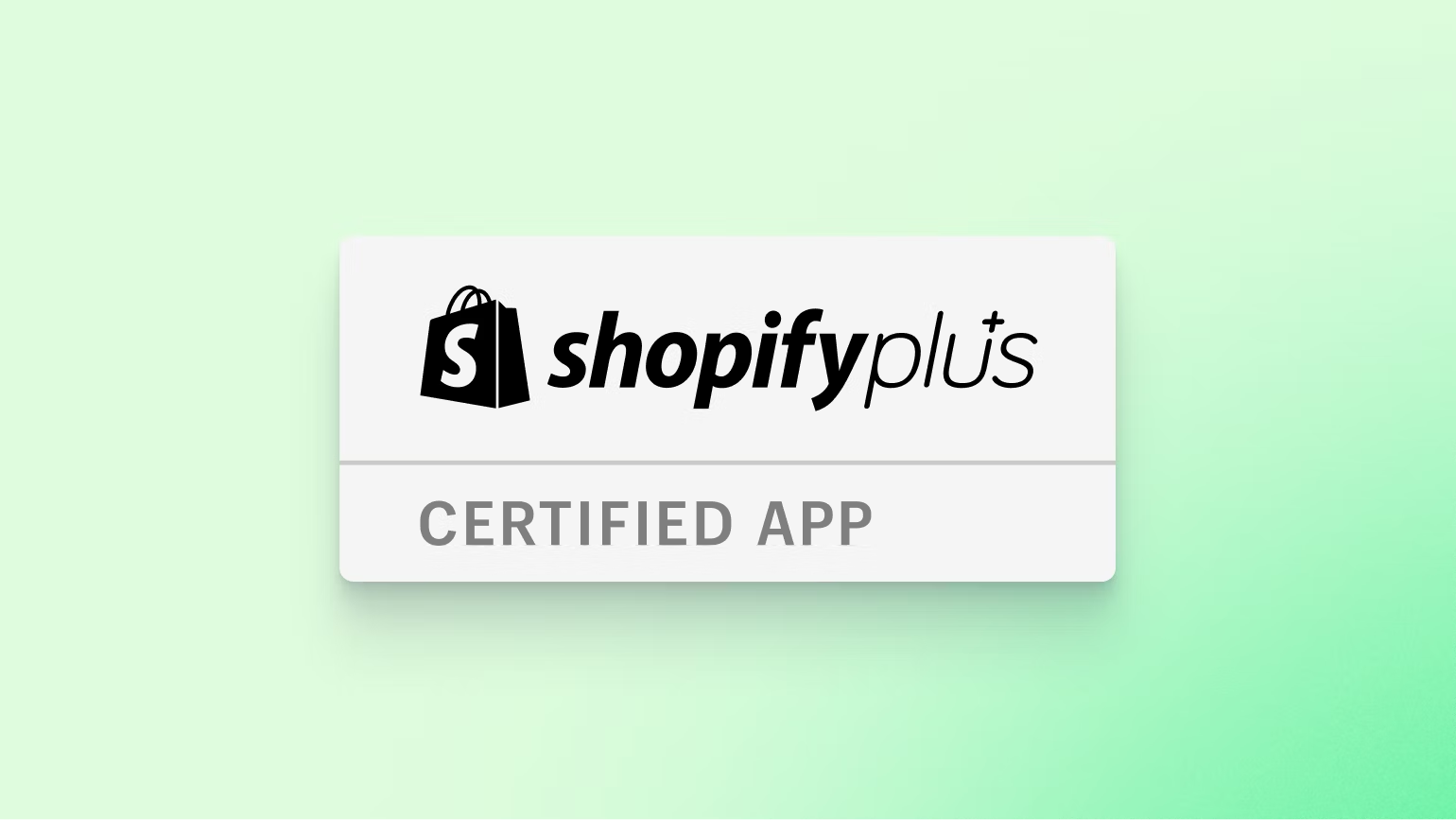
Recommended Tools
- Matrixify: Best for bulk data migrations including meta fields, collections, and custom records.
- Rewind and BackupMaster: For creating secure backups pre- and post-migration.
- Shopify Flow: Automate repetitive tasks across your store.
- Launchpad: Schedule campaigns, promotions, and product launches in advance.
- Shopify Transporter: Shopify’s official tool for migrating data from other platforms (especially Salesforce).
Before you choose a partner, ask for past migration case studies, client references, and proof of success migrating from your existing platform.
Migrate to Shopify Plus: Key challenges to avoid
Even the most seamless migrations can face complications. Here’s how to prevent common setbacks:
1. SEO drops post-migration
One major risk during migration is SEO disruption. Ensure all URLs are redirected properly with 301s. Use tools like Screaming Frog or Ahrefs to crawl and compare old and new URLs. Post-migration, install an SEO app to audit and maintain your ranking.
More specifically, SearchPie is a leading choice on Shopify, offering features like structured data (schema), speed optimization, image compression, and keyword insights, all essential for Plus users.
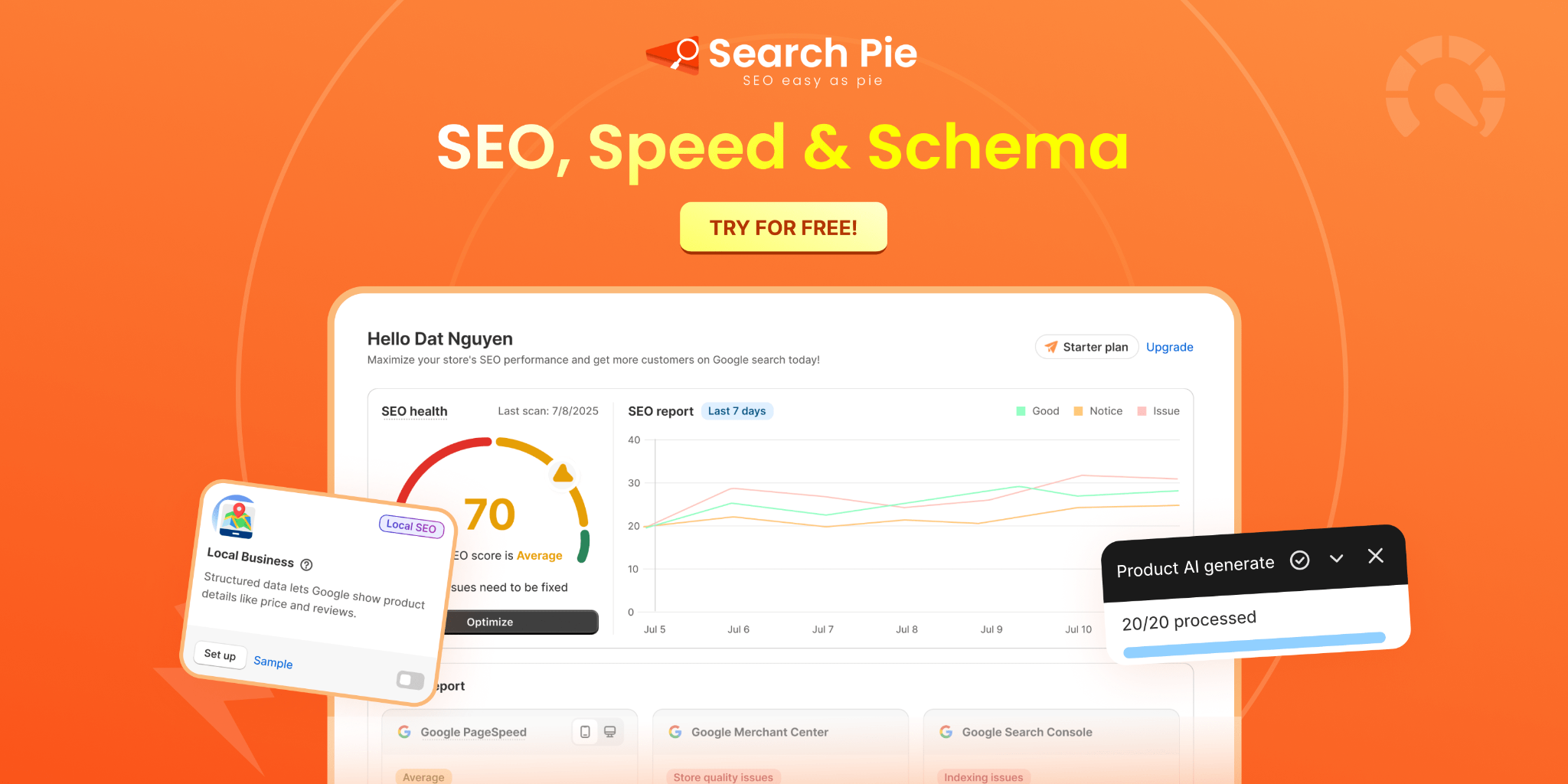
2. App Compatibility Issues
Not all apps used in regular Shopify plans function well on Plus. Confirm compatibility and look for Shopify Plus certified apps when adding to your stack.
3. Checkout Customization Conflicts
With access to checkout.liquid, mistakes in script logic can harm conversion. Use developers familiar with Shopify Scripts to ensure tax rules, discount logic, and shipping calculations are implemented properly.
4. Data Inconsistencies
Always test a partial data migration before running the full one. Check for missing records or formatting errors, especially when migrating from WooCommerce or Salesforce.
Conclusion
Shopify Plus is a strong platform for businesses that have outgrown basic ecommerce solutions. It gives you the tools to expand globally, support B2B sales, and customize your store while still keeping speed and reliability. Moving to Shopify Plus may feel challenging, but with the right plan and support, the process can become a chance to grow and build a solid foundation for the future as you migrate to Shopify Plus. Follow along to discover more insights and guidance from Pielab!

